Transforming cities with paper cutouts
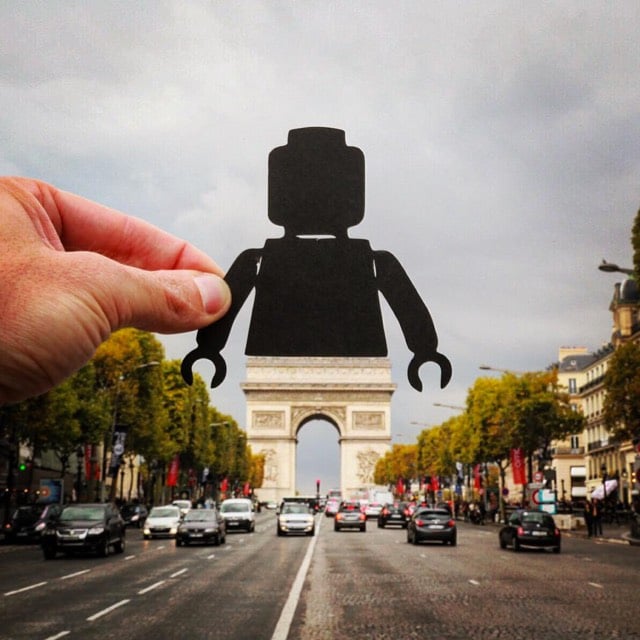
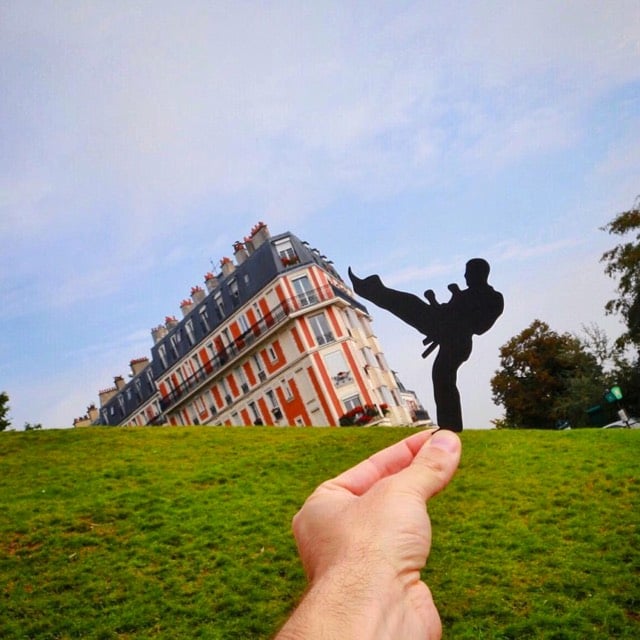
Rich McCor’s photography features paper cutouts added to real-life scenes. The Lego Arc de Triomphe made me almost squeal with glee when I saw it this morning. Reminds me of Christoph Niemann’s stuff.



This site is made possible by member support. 💞
Big thanks to Arcustech for hosting the site and offering amazing tech support.
When you buy through links on kottke.org, I may earn an affiliate commission. Thanks for supporting the site!
kottke.org. home of fine hypertext products since 1998.


Rich McCor’s photography features paper cutouts added to real-life scenes. The Lego Arc de Triomphe made me almost squeal with glee when I saw it this morning. Reminds me of Christoph Niemann’s stuff.


From photographer Freddy Fabris, The Renaissance Series, photographs of auto mechanics posed in the style of Renaissance paintings. (via colossal)

From pet photographer Amanda Jones comes a coffee table book featuring pairs of photographs of dogs, one taken as a puppy and again as an older dog.


See also The Brown Sisters by Nicholas Nixon and many other time passage photography projects. (via bright side)
Astronaut Scott Kelly, who is spending a continuous year in space,1 tweeted out a photo by fellow ISS resident Oleg Kononenko of NYC on Saturday night.

Of the many possibilities, I’d like to point out just three interesting things.
1. Times Square! And not just that, but the whole of central Midtown is now lit up like a Christmas tree from 34th Street to Central Park.
2. The bright spot of light in the upper right corner of the image above is Citi Field. The photo must have been taken during Game 1 of the NLCS between the Mets and the Cubs. The Mets won that game 4-2. #LGM!
3. You’ll notice that the streetlights in much of the city are orange. But in the bottom right corner, in Brooklyn, you can see the future. NYC is currently replacing all of the orange-glowing sodium vapor streetlights with blue-glowing LED lights that are longer lasting and more energy efficient. But they are also brighter and some are already complaining about the harsh blue light.
The new LEDs may be environmentally sensitive, but they are also optically harsh.
“The old lights made everybody look bad,” said Christopher Stoddard, an architect, who lives at the corner of Fuller Place. “But these are so cold and blue, it’s like ‘Night of the Living Dead’ out there.”
“We’re all for saving energy,” his wife, Aida Stoddard, also an architect, said, “but the city can do so much better.”
A few blocks away, Rose Gallitelli taped up black garbage bags on her bedroom windows so that she could sleep. “They’re the heavy-duty kind,” she said.
The lighting refit is scheduled to be completed in two years. The city will look different when it’s done, in real life, on Instagram, and in film. (via @ginatrapani)
Update: Photographer Pari Dukovic has a shot of one of the old sodium vapor street lamps in the New Yorker this week.
Scott also recently broke the American record for the most days spent in space. Today marks his 386th day in space.↩
The Light L16 camera looks interesting, both literally and figuratively. The L16 comes with 16 different built-in lenses, many of which fire at the same time, creating a super high-quality image at a 52-megapixel resolution.1 Having all those lenses firing at once lets you snap photos and decide on things like focal length and depth of field later.
Using a new approach to folded optics design, the Light L16 Camera packs DSLR quality into a slim and streamlined camera body. It’s like having a camera body, zoom, and 3 fast prime lenses right in your pocket. With 16 individual cameras, 10 of them firing simultaneously, the L16 captures the detail of your shot at multiple fixed focal lengths. Then the images are computationally fused to create an incredible high-quality final image with up to 52 megapixel resolution.
Would love to try this out if anyone from Light is reading.
It shoots 4K video too, at 35mm, 70mm, and 150mm.↩
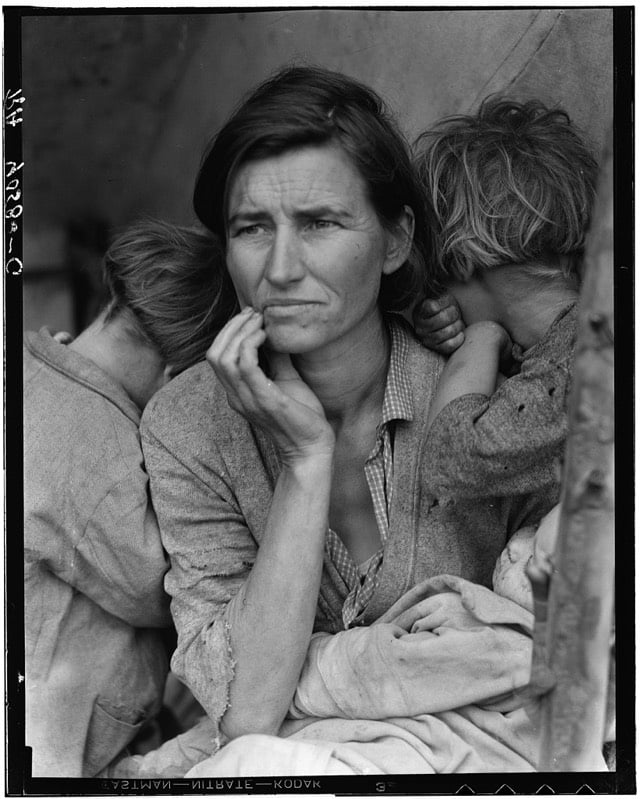
Yale has made 170,000 Library of Congress photos of the US from 1935 to 1945 available online, searchable and sortable in many different ways.
In order to build support for and justify government programs, the Historical Section set out to document America, often at her most vulnerable, and the successful administration of relief service. The Farm Security Administration-Office of War Information (FSA-OWI) produced some of the most iconic images of the Great Depression and World War II and included photographers such as Dorothea Lange, Walker Evans, and Arthur Rothstein who shaped the visual culture of the era both in its moment and in American memory. Unit photographers were sent across the country. The negatives were sent to Washington, DC. The growing collection came to be known as “The File.” With the United State’s entry into WWII, the unit moved into the Office of War Information and the collection became known as the FSA-OWI File.
This photo of five Secret Service agents bracing themselves against helicopter prop wash is my favorite photo of the week.

It’s like they’re each individually posing for their own super-boss album cover. Larger here.
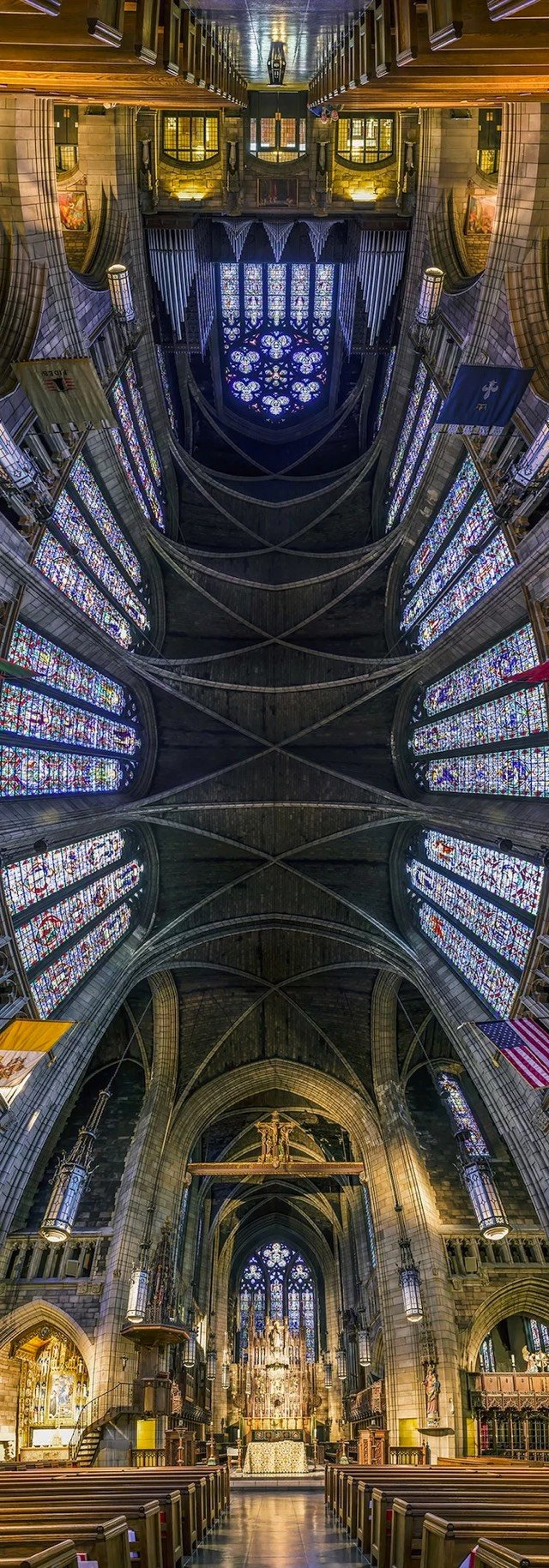

From photographer Richard Silver, vertical panoramic photos of churches that emphasize their often incredible ceilings. (via ignant)

Photographer Arkadiusz Podniesiński recently took a trip to Japan to the area affected by the Fukushima Daiichi nuclear disaster. He toured towns closed due to high radiation levels, talked to former residents, and observed clean-up efforts in some of the less affected areas.
When entering the zone, the first thing that one notices is the huge scale of decontamination work. Twenty thousand workers are painstakingly cleaning every piece of soil. They are removing the top, most contaminated layer of soil and putting it into sacks, to be taken to one of several thousand dump sites. The sacks are everywhere. They are becoming a permanent part of the Fukushima landscape.
The contamination work does not stop at removal of contaminated soil. Towns and villages are being cleaned as well, methodically, street by street and house by house. The walls and roofs of all the buildings are sprayed and scrubbed. The scale of the undertaking and the speed of work have to be admired. One can see that the workers are keen for the cleaning of the houses to be completed and the residents to return as soon as possible.
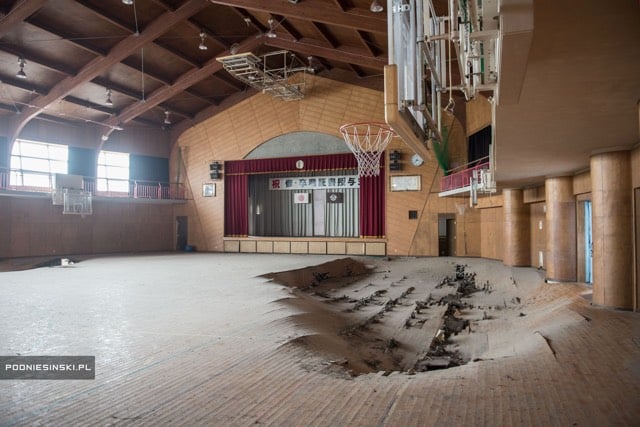
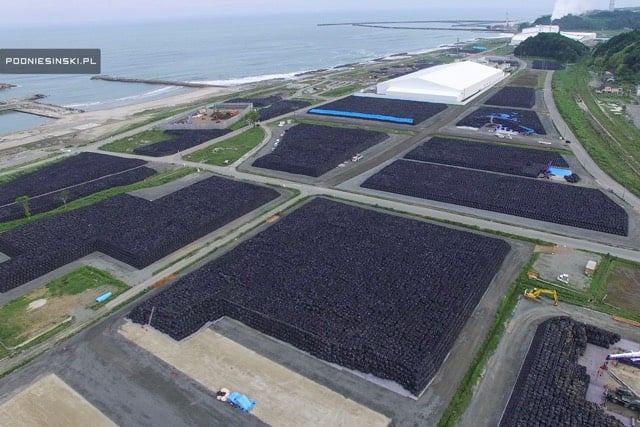
(thx, james)
Photographer Yann Arthus-Bertrand is known for his aerial photography of the Earth’s landscapes, but in his film Human, he blends his trademark overview style with simply shot interviews with people from all over the world.
Humans made its debut earlier this month and is available in its entirety on YouTube in three 90-minute parts; start here with part one. (via in focus, which is featuring several photos from the film)
With California in the midst of a particularly intense multi-year drought and 2015 looking to be the warmest year on record by a wide margin,1 Edward Burtynsky’s “Water” series of photographs is especially relevant.
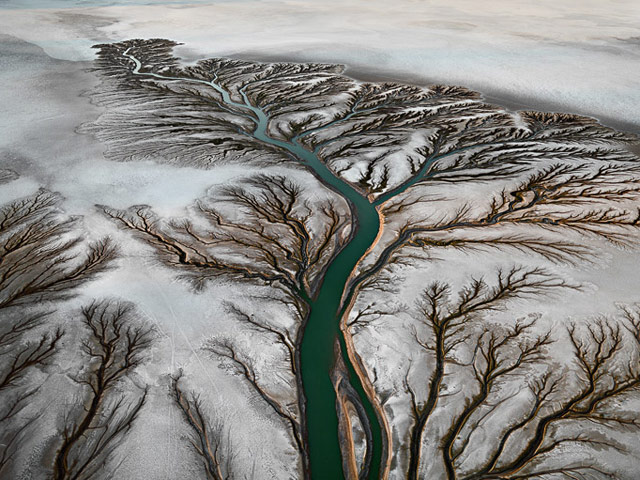
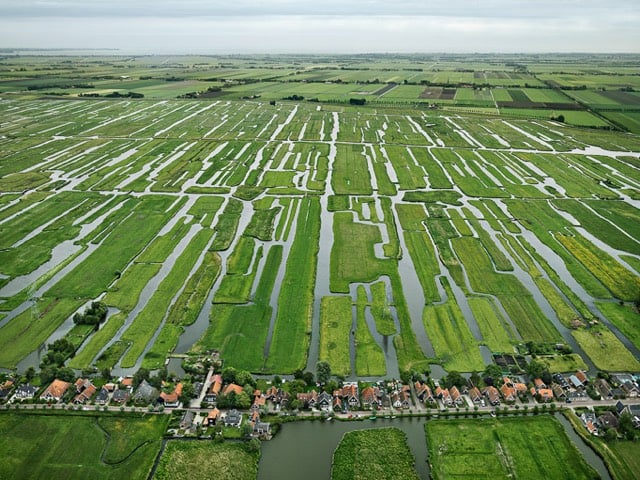


Many of photos in the series are on display in Berkeley through February and are also available in book form.
Update: Burtynsky also collaborated on a documentary about water called Watermark. Here’s a trailer:
The film is available to watch on Amazon Instant and iTunes. (via @steveportigal)
I mean, look at this chart from the NOAA of the warmest years since 1880…2015 is a Lionel Messi-esque outlier. And Eric Holthaus says that with the strong El Niño, 2016 is forecast to be even hotter.↩
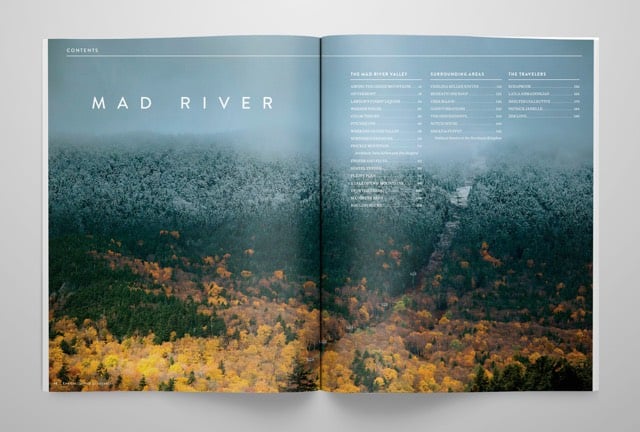
The issue of The Collective Quarterly on Vermont’s Mad River Valley is wonderful and gorgeous.
When we visited the Mad River Valley — which includes the towns of Warren, Waitsfield, Moretown, Fayston, and Duxbury — we found grown men who loiter outside the local general store like furtive minors, sheepishly asking inbound customers if they’d be willing to help them circumvent the three-bottle limit on the impossible-to-find Sip of Sunshine double IPA from Lawson’s Finest Liquids. We shared drinks with backwoods boys, each with a quirky approach to extreme sports: kayaking raging rivers, big-air huck fests in sleds, and cliff-jumping at near-suicidal heights. We met a man who builds houses in the trees for the disabled youth of the Mad River Valley. We found a woman who forges artful kitchen knives out of old horse-hoof rasps from her father’s blacksmith operation. We ran into a socialist German refugee whose politically charged puppet shows in the fields of the Northeast Kingdom draw thousands.
And of course there were the architects. By some estimates, there are more architects per capita in Warren, Vermont, than anywhere else in the United States. Throughout the ’60s and ’70s, these freewheeling designers hacked together zany, experimental constructions on Prickly Mountain, heralding the arrival of the design/build movement.
I’ve spent quite a bit of time there, and I can tell you that the magazine definitely captured it. From just this summer, here’s Ollie doing a 360 off a cliff at the swim hole and views of another more peaceful swim hole as well as from a hike I took:
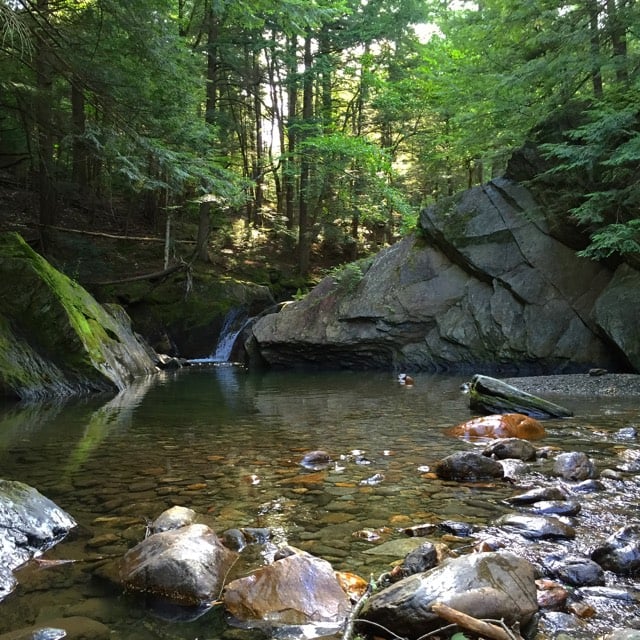
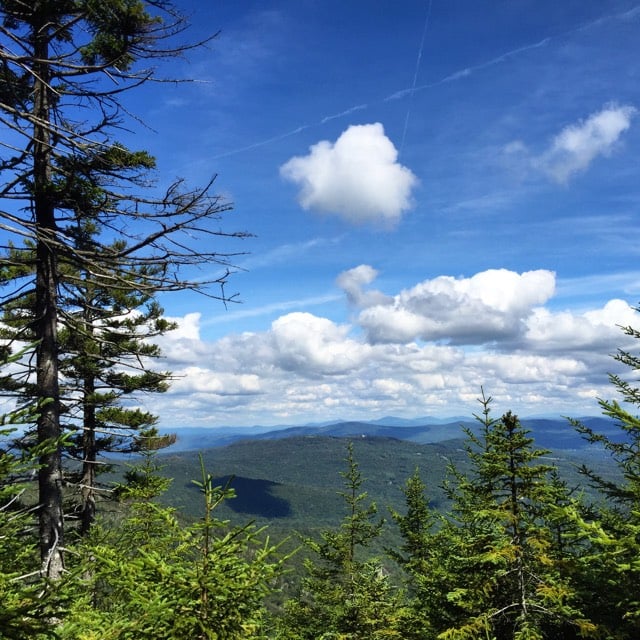
Camera Restricta is a speculative camera design by Philipp Schmitt that won’t allow you to take photos if too many have already been taken by others at that location.
On the other hand, I sometimes have the chance, and then the responsibility of course, to take the last photo of a place before the shutter retracts permanently. Or maybe even the first photo of a place, where no photos have been taken yet. This is then guaranteed to be a truly unique capture.
It would be cool to pair this with a service that automatically deposits not-taken photos of heavily photographed places you visit into your account, i.e. when Camera Restricta won’t let you take a picture of the Eiffel Tower, a photo of it found online and taken from your exact location would be placed in your Dropbox photos folder. (via @bdeskin)
Bjorn Jonsson used the photos taken by NASA’s New Horizons spacecraft to make an animation of the probe’s flyby of Pluto.
The time covered is 09:35 to 13:35 (closest approach occurred near 11:50). Pluto’s atmosphere is included and should be fairly realistic from about 10 seconds into the animation and to the end. Earlier it is largely just guesswork that can be improved in the future once all data has been downlinked from the spacecraft. Light from Pluto’s satellite Charon illuminates Pluto’s night side but is exaggerated here, in reality it would be only barely visible or not visible at all.
Fantastic…and Pluto’s moons flying about in the background is the cherry on the top. (via @BadAstronomer)
The Jefferson Grid is an Instagram account which posts satellite photos picturing one square mile of land.
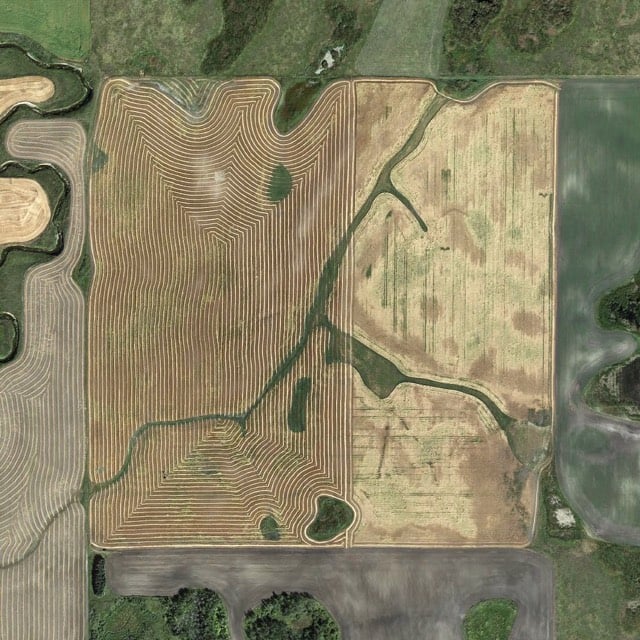
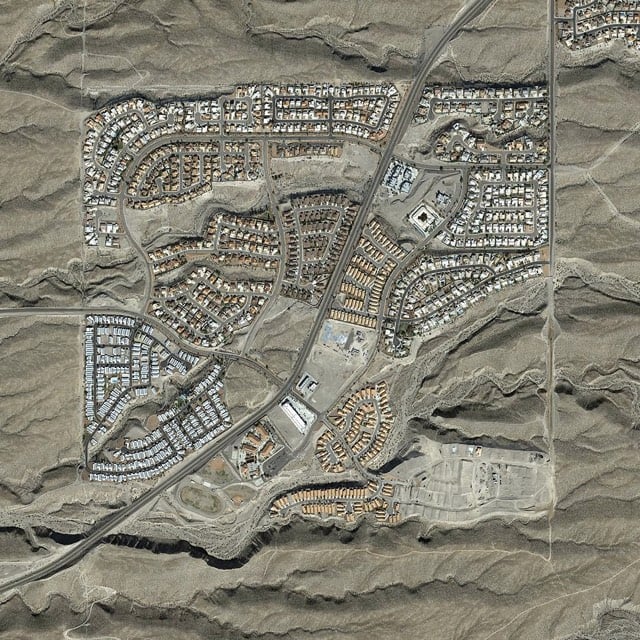

The account takes its name from the grid Thomas Jefferson used to divide up the growing United States.
The Land Ordinance of 1785, drafted by Thomas Jefferson, extended government authority over the Mississippi River and the Great Lakes regions. As a response to what he believed to be a confusing survey system already in use, Jefferson suggested a new grid system based on the rectangle. The grid divided land into plots one mile square, each consisting of 640 acres. The grid also placed a visible design upon a relatively untouched landscape. The ordinance was the first of its kind in America but would continue to affect urban, suburban and farmland planning to present day.
(via @bldgblog)
Photographer Carlos Gonzalez, aka Theonepointeight, captured these photos of an abandoned LA shopping mall.
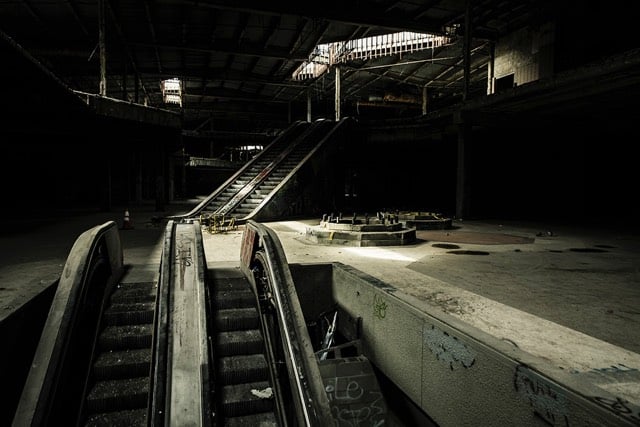
PDN has an interview with Gonzalez about the series.
I shot everything in one day. I would say that I spent about five or six hours in there just exploring and shooting. I wasn’t escorted inside but once I snuck into the parking structure, there were a few teens on skateboards that pointed me in the right direction. Without their guidance, there’s no way I would’ve found a way in. The place is simply too massive. In fact, as the daylight was fading I almost got trapped inside since I couldn’t find my way out.
Mark Reay is a former model, actor, and fashion photographer who was homeless in NYC for six years. Homme Less is a documentary on Reay; here’s a trailer:
So began a period of my life sleeping rough. It was pretty tiring, and I didn’t have much luck with the photos, but I stuck it out. I’ve never let the lack of money stop me having a good time, and I still had (dwindling) savings from my modelling. It was a happy time. At night I would always treat myself to a rotisserie chicken, but I always wanted a chilled rosé with it. So, in the afternoon, I would sneak into a minimarket, get the cheapest one from the shelf and hide it under the frozen peas. Then, at night, I would put on a fresh shirt and go to one of the fancy bars with my wine in my bag. Again, maybe because I had a certain look, no one ever checked my bag. I’d just go in, nick a glass off the counter and drink my wine surrounded my millionaires.
You can get away with anything if you’re confident. Oh, and male, white, and good looking.
Walter Chang saved up, quit his job, travelled around the world for three years, and made this video.
I went to South America and trekked through Patagonia. In Zimbabwe, hippos, lions, and elephants roamed through our camping ground. When I got to South Korea, my relatives treated me as one of their own, despite having last seen them 18 years prior.
It was in China, the third country of my trip, when I realized that what I was doing wasn’t totally crazy. I had already met a multitude of other backpackers taking extended trips ranging from several months to four years. Young people from abroad were prioritizing travel over hurrying into careers.
This video makes me happy. And sad…I am clearly not grabbing enough tiger by the tail in life currently. Chang is doing a Kickstarter campaign for a book of photos from the trip.

Clothing retailer Forever 21 hired product and prototyping company Breakfast to build them a giant screen made out of spools of thread to “print” people’s Instagram photos. The screen, which Breakfast bills as “one of the most complex machines ever built for a brand”, weighs 2000 pounds, measures 11 ft high, 9 ft wide, and 3 ft deep, and has a resolution of 80x80 spool pixels. Here’s how they made it:
If you want to give it a try, just tag an Instagram photo with #F21ThreadScreen and it’ll print it out for you (watch the live stream). Prior art alert: the first time I remember seeing something like this was Daniel Rozin’s Wooden Mirror (1999) at ITP (video here).
From Petapixel, a list of photographic firsts, including the first photograph (1826), the first digital photograph (1957), the first photo of the Sun (1845), and the first photograph of a US President (1843).
John Quincy Adams, the sixth President of the United States, was the first president to have his photograph taken. The daguerreotype was shot in 1843, a good number of years after Adams left office in 1829. The first to have his picture taken in office was James Polk, the 11th President, who was photographed in 1849.
Adams was born in 1767, which got me thinking about a long-standing interest of mine: who was the earliest born person ever photographed? The Maine Historical Society believes Revolutionary War vet Conrad Heyer was the earliest born. Born in 1749, he crossed the Delaware with Washington before sitting for this portrait in 1852.
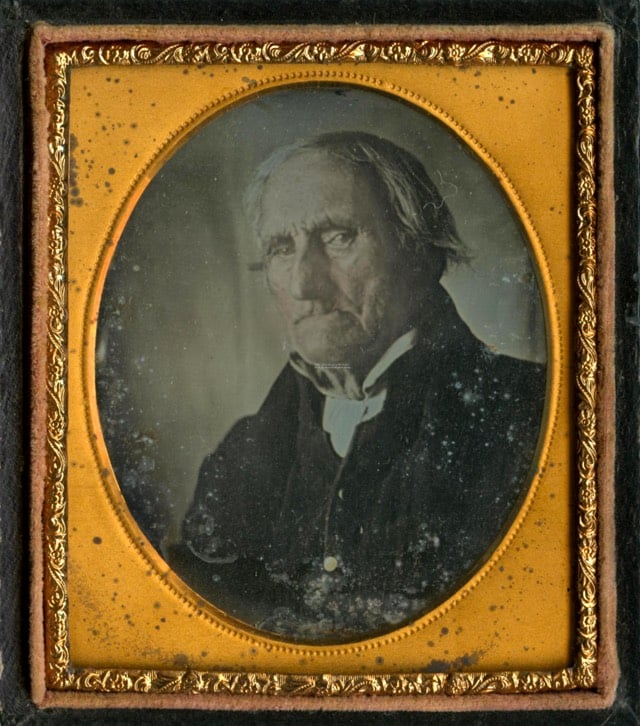
But according to the Susquehanna County Historical Society, John Adams (no apparent relation to the above Adams) was born in 1745 and was photographed at some point before he died in 1849. Other contenders with unverified ages include Revolutionary War vet Baltus Stone (born somewhere between 1744 and 1754 according to various sources) and a former slave named Caesar, photographed in 1851 at the alleged age of 114, which would mean he was born around 1737.
Still, that’s photographs of at least two people who were born in the 1740s, at least five years before the start of the French and Indian War. As children, it’s possible they could have interacted with people who lived through England’s Glorious Revolution in 1688 or even the English Civil War (1642-1651). The Great Span lives on.
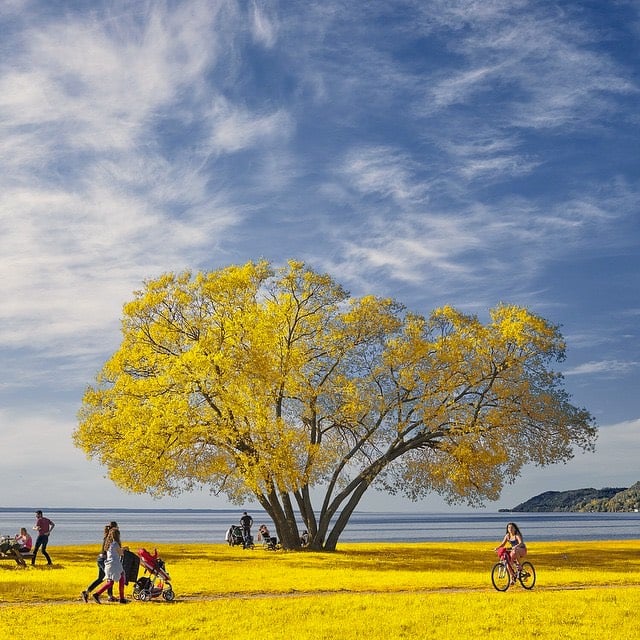
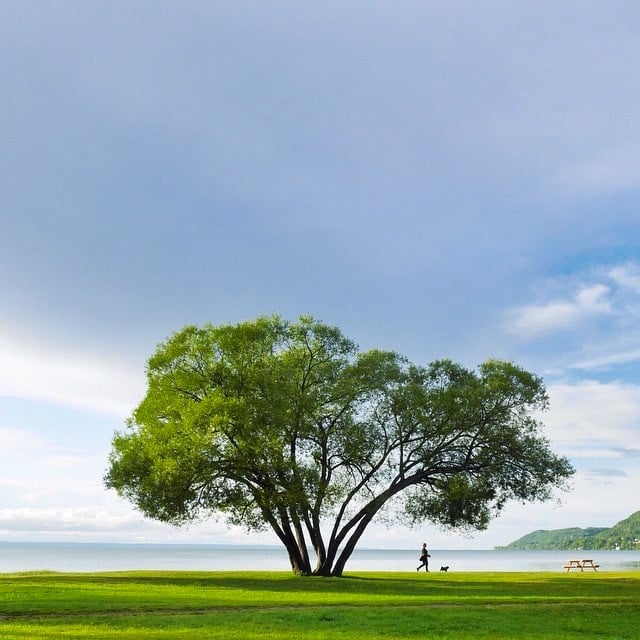
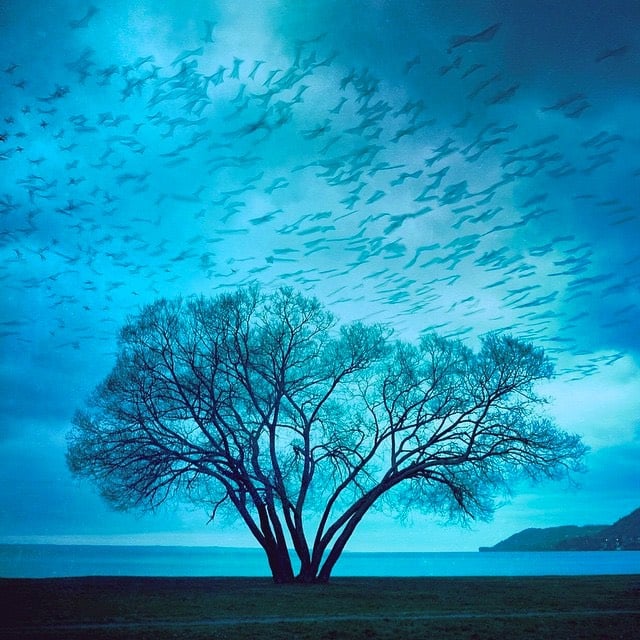
For the past two years, Patrik Svedberg has been photographing a single Swedish tree and posting the results to Instagram.
The tree is the protagonist, but rather a passive one, letting the plot unfold around it. Each photo contains a story of its own. It’s all in the details and very often with a humorous twist. Just “beautiful” would bore me to death.
(via @jaycer17)
Actual zookeepers taking photos of themselves doing Chris Pratt’s Jurassic World velociraptor taming move is a thing. Here’s the original:
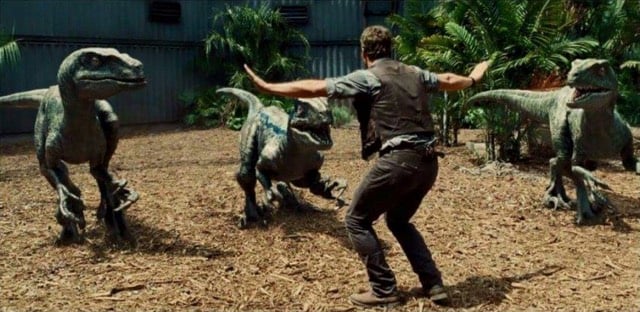
And the imitators:


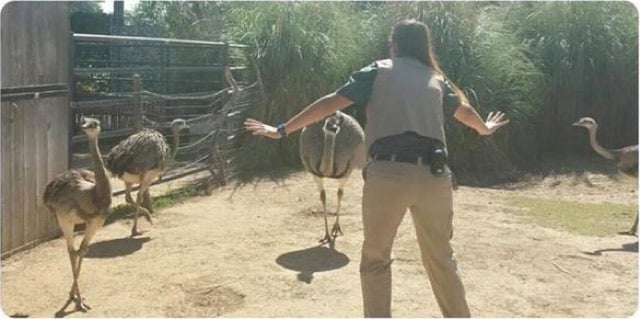
Found them here and here. If you find others, send them along!
Update: Laurel sent this one in from the California Academy of Sciences:

Update: Several more zookeepers being awesome via @ohmygoat1, @susiethefivetoedsloth, @parrotman_jon, and @kati_speer.

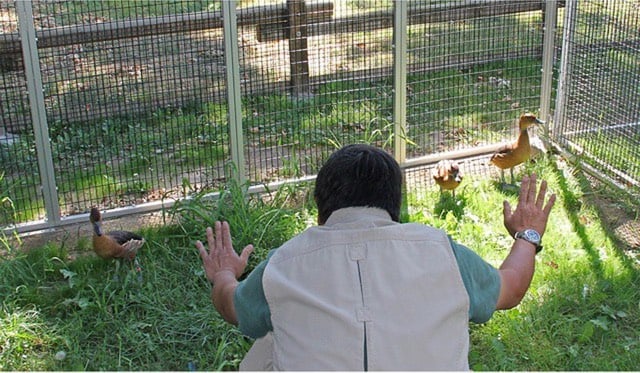
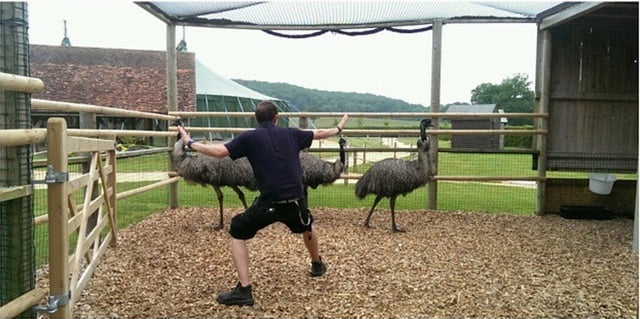
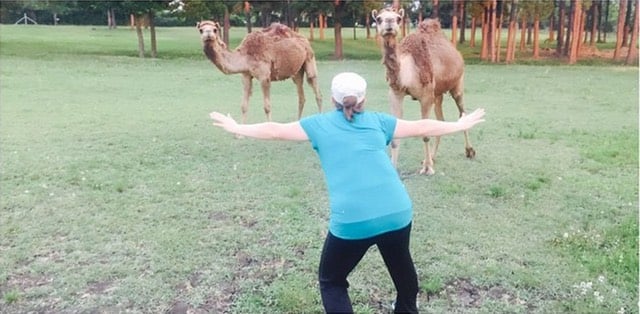
Update: Ok, a few more via @MrDABailey, The Minnesota Zoo, The Georgia Aquarium, and Reddit.
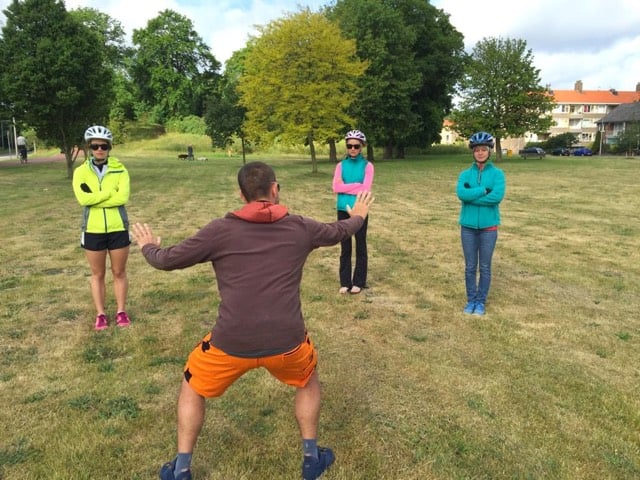
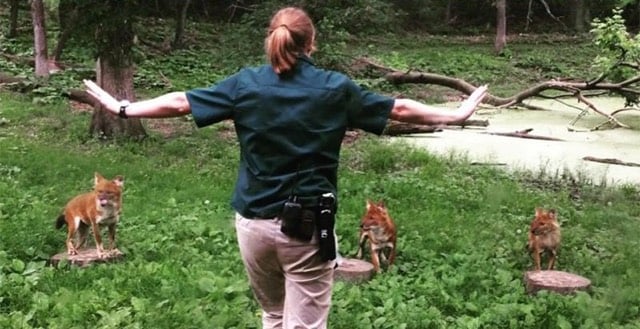
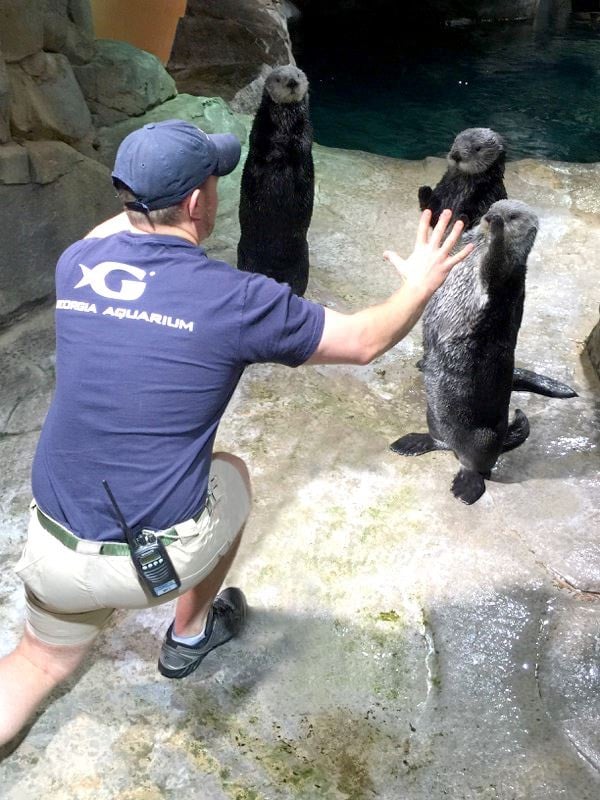
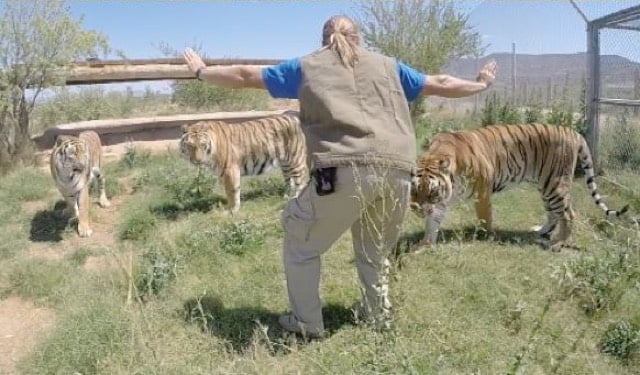
Update: One last photo brings this meme to a fitting close. This is Chris Pratt himself, taming some children during a recent visit to a local children’s hospital.

(via @alexcarvalho)
Update: Ok, ok, one more and then that’s it, America needs to move on. Here’s the Dinosaur Curator of the Smithsonian’s National Museum of Natural History taming some actual dinosaurs, long-dead though they may be:
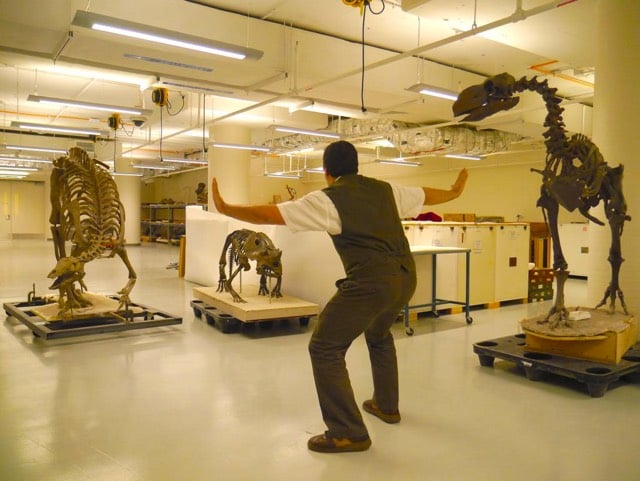
(via @thanland)
From 2010 to 2013, photographer Jimmy Nelson travelled the world documenting some of the world’s last remaining indigenous cultures. The result is Before They Pass Away (also available in book form).

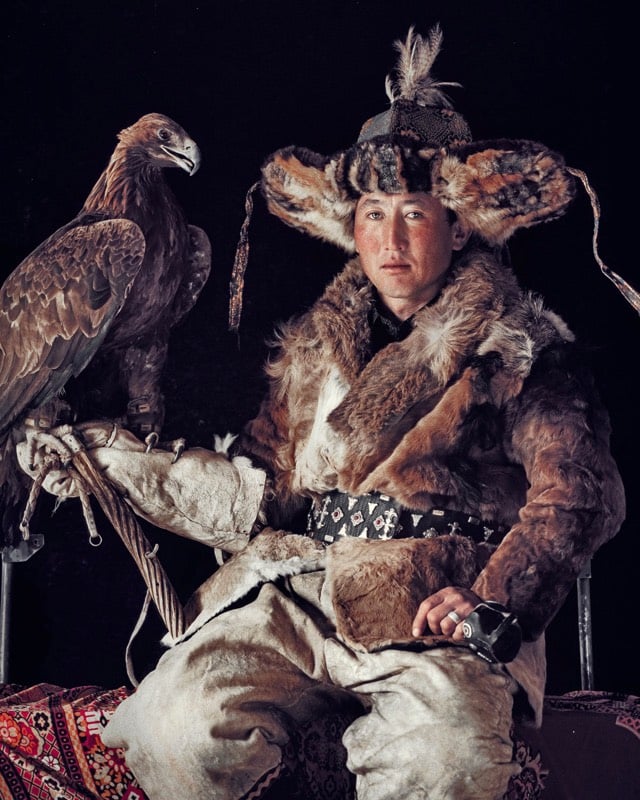

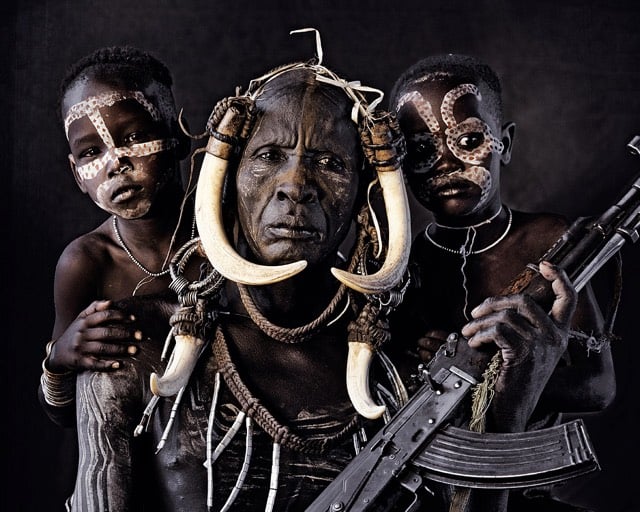
Peoples photographed include Huli, Maasai, Maori, Drokpa, Himba, and more than a dozen others. (via ignant)
Storm-chasing photographer Kelly DeLay recently took a photo of a massive storm supercell featuring two simultaneous tornadoes.
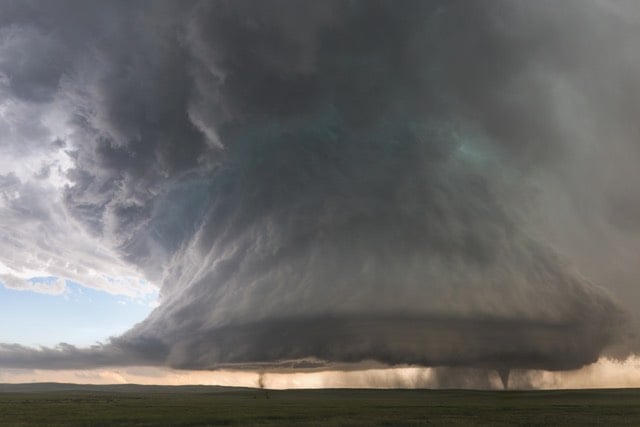
About 30 minutes after snapping that once-in-lifetime photo, DeLay captured a shot of the same supercell with one tornado, a double rainbow, and several streaking hailstones:
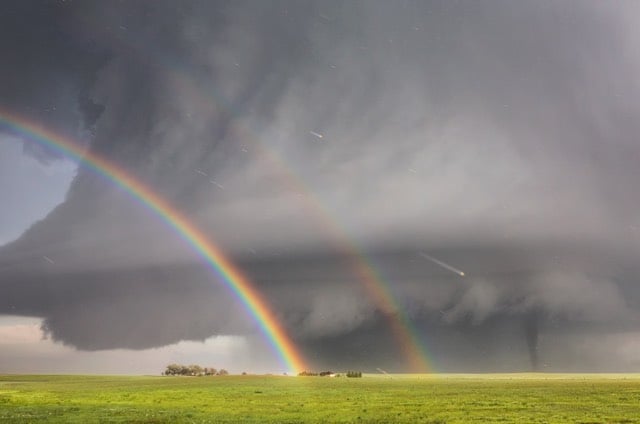
That’s like the everything bagel of storm photography. (via 500px iso)

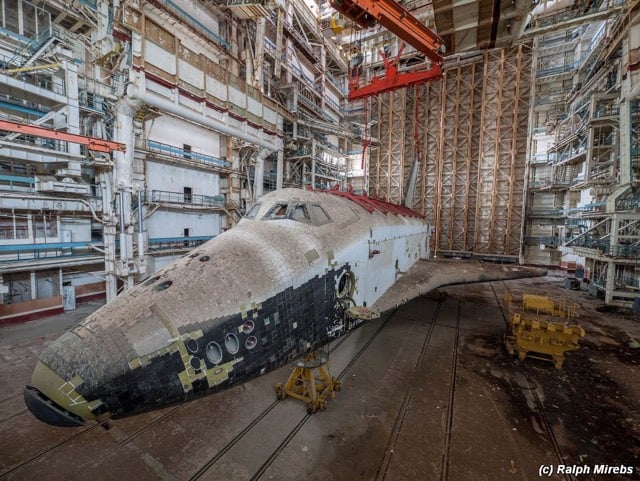
From Ralph Mirebs, photos of the abandoned Baikonur Cosmodrome, which houses the remains of the Buran programme, the Soviet version of the Space Shuttle program. (thx, tim)
Tasha Sturm, a lab technician at Cabrillo College, had her 8-year-old son put his handprint on a prepared petri dish and then incubated it for several days. This was the result:

If you’ll excuse me, I have to go wash my hands about 4,000 times. Bacteria is cooooool though:
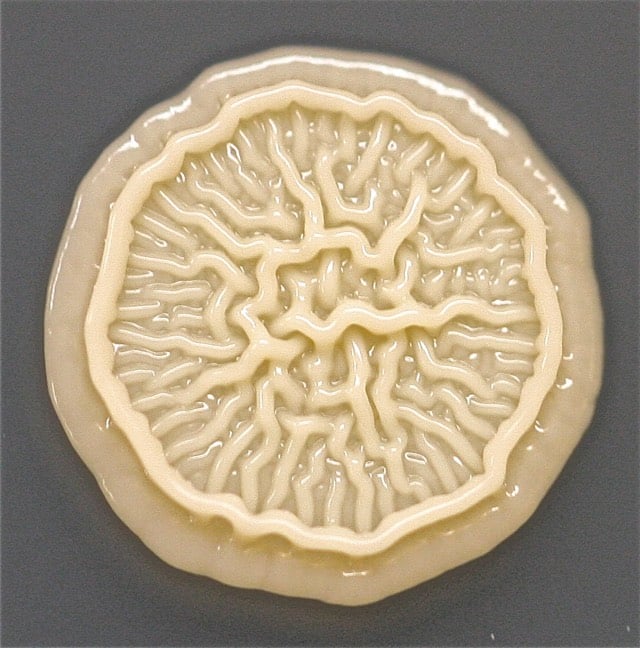
(via colossal)
OldNYC offers a map view of old photos of New York City, drawn from the collection at the New York Public Library. This is fantastic, like a historical Google Street View. For instance, there used to be a huge theater on the corner of 7th Avenue and Christopher St, circa 1929:
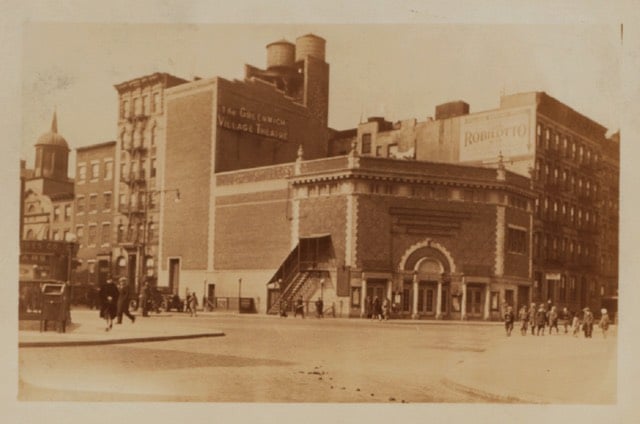
If I didn’t have a thing to do this afternoon, I would spend all day exploring this. So so good. (via @mccanner)
For his project Trophy Scarves, artist Nate Hill photographed himself “[wearing] white women for status and power”.

Hill says “it’s a satire on black men who like to see white women as status symbols”. NSFW (some nudity)…or you can view censored pics on Instagram.

From the design shop of Lernert & Sander, a poster of almost a hundred different foods cut into perfect little cubes. No CGI involved, it’s actually food. No idea how they got some of those foods to hang together…particularly the onion, cabbage, and leek. (via colossal)
From Kevin Kelly, a collection of photos he took of Katmandu, Nepal in 1976.

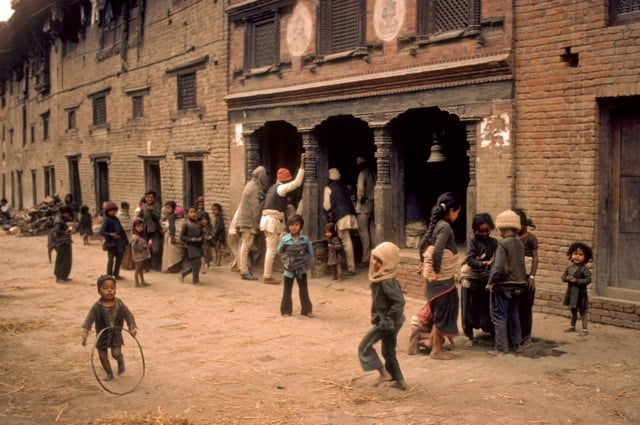

Nepal was recently affected by a 7.8 earthquake, which resulted in the deaths of more than 6000 people and much property damage.
Katmandu was an intensely ornate city that is easily damaged. The carvings, details, public spaces were glorious. My heart goes out to its citizens who suffer with their city. As you can see from these images I took in 1976, the medieval town has been delicate for decades. Loosely stacked bricks are everywhere. One can also see what splendid art has been lost. Not all has been destroyed, and I am sure the Nepalis will rebuild as they have in the past. Still, the earthquake shook more than just buildings.
If you look carefully you may notice something unusual about these photos. They show no cars, pedicabs, or even bicycles. At the time I took these images, Katmandu was an entirely pedestrian city. Everyone walked everywhere. Part of why I loved it. That has not been true for decades, so this is something else that was lost long ago. Also missing back then was signage. There are few signs for stores, or the typical wordage you would see in any urban landscape today. Katmandu today is much more modern, much more livable, or at least it was.
Stay Connected